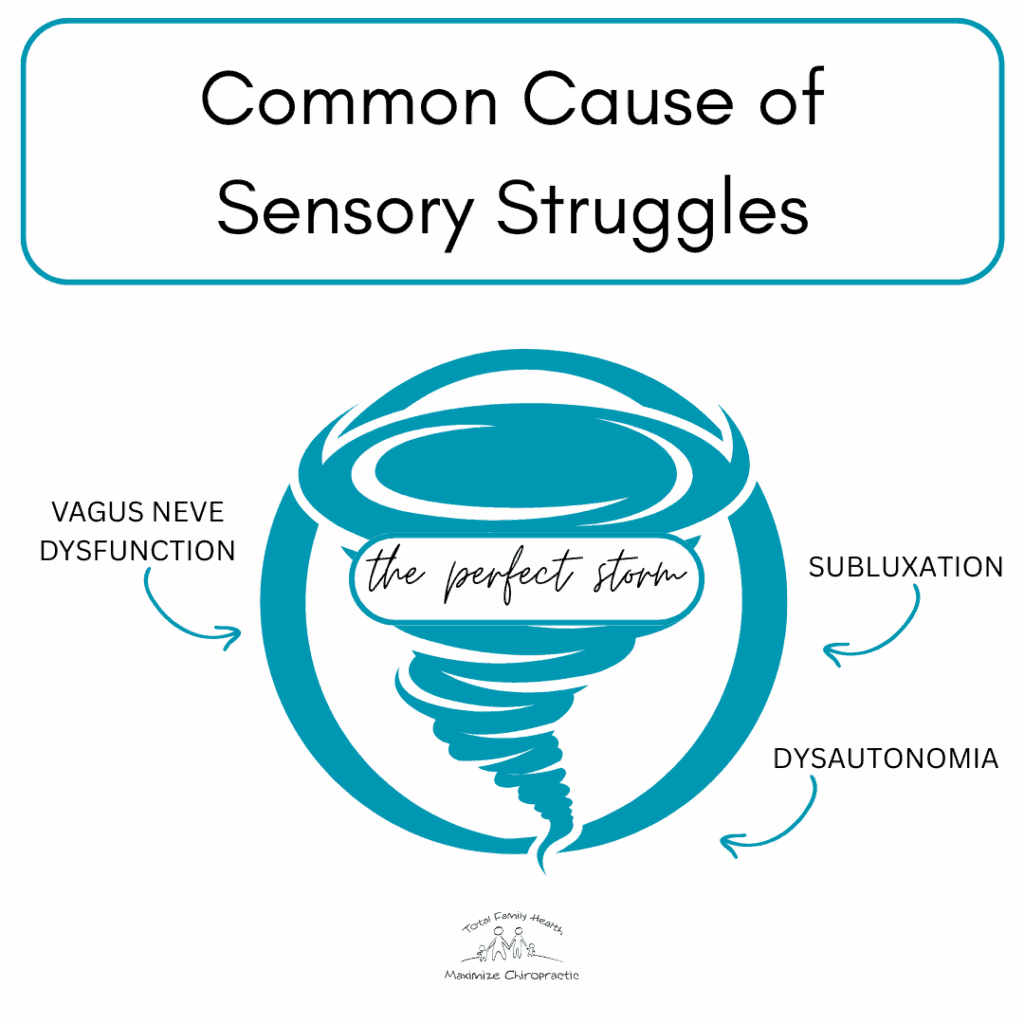If you’re like most parents we work with, you’ve probably tried everything—behavior modification charts, occupational therapy sessions, dietary changes, calming techniques—yet your child’s struggles continue. You’ve dealt with constant tantrums, sensory meltdowns, and behavioral challenges that seem to come out of nowhere.
When your child can only wear certain clothes, has extreme reactions to everyday sounds, or struggles with anxiety that makes simple activities feel impossible, it’s exhausting and heartbreaking.
Here’s what we want you to know: It’s not your fault. And it’s not their fault either.
The Shocking Reality About Children’s Health Today
Let’s start with some statistics that might surprise you:
- 1 in 6 children in the U.S. has a diagnosed developmental disability
- Up to 40% of children suffer from at least one chronic illness
These aren’t random numbers—they reflect a growing pattern that most healthcare providers are missing.
What if we told you that your child’s behavioral challenges, sensory issues, and health problems aren’t separate issues, but signs of one underlying problem that can finally be addressed?
The real culprit behind most childhood struggles is nervous system dysregulation—
and it’s the missing piece that most doctors never address.
Tierney’s Story: From Sensory Overwhelm to Confidence
Before care, Tierney had extreme sensory processing challenges—she could only wear a couple of really loose dresses that didn’t rub against her skin. Seams, fabrics, eyeglasses, and even shoes triggered intense meltdowns and severe anxiety.
Her nervous system was so stressed that her senses weren’t communicating properly with her brain—like having a broken volume dial turned to full blast.
But after receiving specific chiropractic care, Tierney now wears jeans for the first time at 10 years old.
She says she loves her care because it “fixes the problem.”
Understanding Nervous System Dysregulation
Your child’s tantrums and meltdowns aren’t signs of bad behavior. They’re signs their nervous system is overloaded and struggling to regulate.
The facts:
- 7.1% of kids 3–17 have been diagnosed with anxiety
- 9.4% with ADHD
- 7.4% with behavioral problems
The common thread: a dysregulated autonomic nervous system that gets stuck in “fight or flight” instead of switching back to calm.
Nervous system dysregulation affects:
- Sensory processing
- Emotional regulation
- Digestion and gut health
- Sleep patterns
- Immune function
- Learning and focus
The “Perfect Storm” That Creates Dysregulation
This doesn’t happen overnight. It builds from early life stressors—what we call the Perfect Storm:
1. Prenatal Stress
Maternal stress hormones (like cortisol) can cross the placenta and alter the baby’s developing nervous system.
2. Birth Trauma
C-sections, vacuum or forceps delivery, or prolonged labor can cause stress and misalignments in the upper neck and brainstem—disrupting brain-body communication.
3. Early Childhood Stressors
Lack of sleep, toxins, emotional stress, poor diet—all can overload sensitive nervous systems and limit their resilience.
The Gut-Brain Connection: Why Diet Alone Isn’t Enough
You may have tried dietary changes or probiotics—but if you’re still struggling, here’s why:
The vagus nerve, a superhighway between brain and gut, controls:
- Stomach acid
- Muscle contractions that move food
- Digestive enzyme release
When the nervous system is in fight-or-flight, it shuts down digestion—so gut healing strategies alone can feel like filling a leaky bucket.
How to Identify and Address the Real Root Cause
You can measure and address nervous system dysregulation using INSiGHT Scans, which assess:
- Surface EMG – Measures muscle tension
- Thermography – Evaluates autonomic nervous system function
- Heart Rate Variability (HRV) – Shows nervous system balance
With these, we can personalize a care plan that restores calm and connection.

What This Means for Your Family
Understanding dysregulation means:
- There’s hope for real change—not just symptom management
- Your child is not broken—they need support
- You’re not failing as a parent
- Multiple issues can improve together when the root cause is addressed
Moving Forward with Confidence
If your child struggles with:
- Sensory processing
- Behavioral issues
- Anxiety
- Sleep or digestive problems
Know this: You are not alone. At Maximize Chiropractic, we specialize in nervous system-based care that helps children heal from the inside out.
If you’re not local, visit the PX Docs Directory to find help near you.
Tierney’s transformation is just one example of what’s possible. There is a path forward—and you don’t have to keep guessing.
There is hope. There are answers.
And there is a way for your child to not just cope, but truly thrive.

